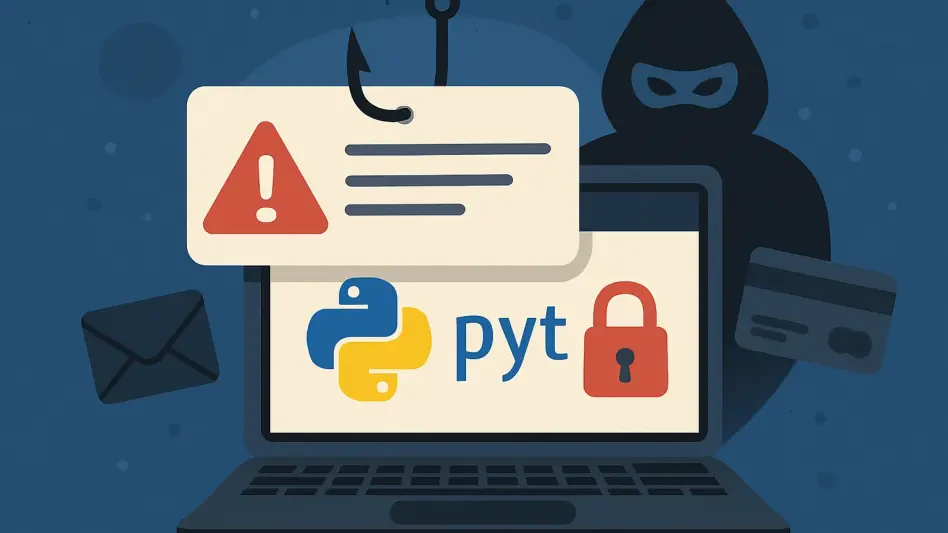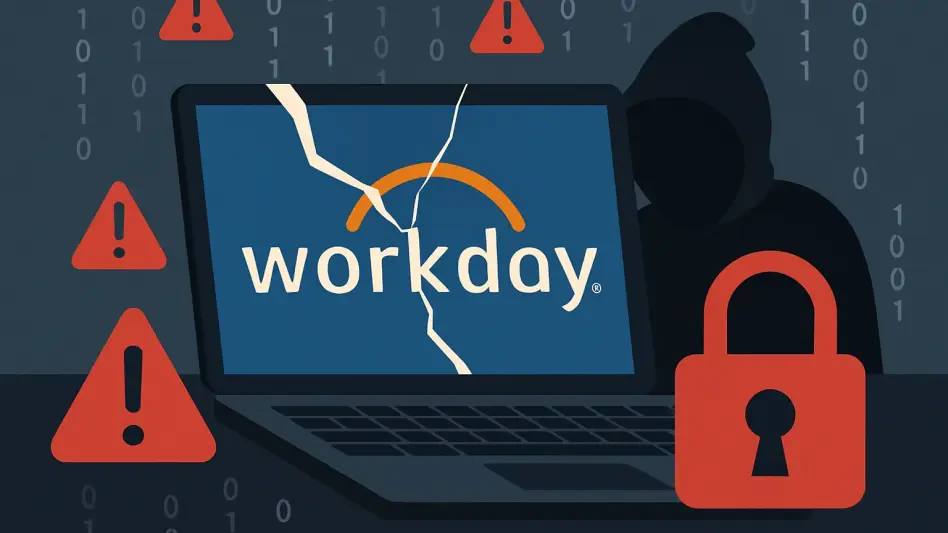In the ever-evolving landscape of cybersecurity, a disturbing trend has emerged where cybercriminals are increasingly setting their sights on the open-source software community, with a particular focus on the Python Package Index (PyPI). This critical repository, relied upon by countless developers for Python packages, has become a prime target for sophisticated phishing campaigns designed to steal login credentials. These attacks not only jeopardize individual accounts but also threaten the integrity of the broader software development ecosystem. By exploiting trust and employing deceptive tactics, attackers are creating a sense of urgency that tricks even cautious users into revealing sensitive information. The implications of such breaches are far-reaching, potentially allowing malicious actors to compromise widely used software packages. This growing menace underscores the urgent need for heightened awareness and robust defenses within the developer community.
Unveiling the Phishing Tactics
Deceptive Email Strategies
A core component of the phishing campaign targeting PyPI maintainers revolves around the use of fraudulent emails that mimic official communications from the repository. These messages are crafted with alarming precision, often urging recipients to verify their email addresses as part of routine account maintenance or security protocols. The language creates a pressing need for immediate action, exploiting the natural inclination of users to comply with what appears to be a legitimate request. Unsuspecting victims are directed to a malicious domain that closely resembles the authentic PyPI infrastructure. This calculated use of social engineering preys on the trust developers place in official notifications, making it challenging to distinguish between genuine and fake correspondence. The ultimate goal of these emails is to funnel users to counterfeit login pages where their credentials can be harvested effortlessly, posing a severe risk to both individual accounts and the wider community.
Mimicking Legitimate Domains
Beyond the deceptive emails, cybercriminals demonstrate a high level of technical sophistication by registering domains that capitalize on the concept of mirror sites, a common practice in software repositories for redundancy. One such domain, pypi-mirror.org, serves as a convincing replica of the official PyPI login page, complete with precise styling, logos, and form elements. This attention to detail, combined with the use of HTTPS encryption, makes it incredibly difficult for users to spot the fraud, especially when accessing the site under time constraints or on smaller screens like mobile devices. The attackers’ ability to replicate the look and feel of legitimate platforms indicates significant planning and resources devoted to the success of this campaign. Such tactics highlight the evolving nature of phishing attacks, where visual authenticity plays a critical role in deceiving even the most vigilant users, thereby amplifying the threat to the open-source ecosystem.
Countermeasures and Future Challenges
Collaborative Defense Efforts
In response to the escalating threat, PyPI security teams have been working tirelessly to mitigate the impact of these phishing campaigns through proactive collaboration with domain registrars and content delivery networks. Their efforts focus on the swift identification and takedown of malicious domains like pypi-mirror.org to prevent further exploitation. Additionally, these fraudulent sites are reported to threat intelligence feeds integrated into major web browsers, enhancing phishing protection for users worldwide. This reactive strategy, while effective in curbing immediate damage, reflects the ongoing cat-and-mouse game between security professionals and cybercriminals. The persistent rotation of domain names by attackers to evade detection further complicates these efforts, emphasizing the need for continuous monitoring and rapid response mechanisms. Protecting the integrity of open-source platforms remains a top priority, requiring sustained cooperation across various sectors of the tech industry.
Evolving Threat Landscape
Looking at the broader picture, the phishing campaign against PyPI maintainers is indicative of a larger trend of domain-confusion attacks targeting open-source ecosystems. These incidents are not isolated but part of a persistent pattern where threat actors adapt their strategies to bypass existing defenses. The sophistication and frequency of such attacks have grown over time, exploiting the inherent trust within developer communities and posing significant risks to software supply chains. As attackers refine their methods, the challenge for security teams becomes twofold: not only must they address current threats, but they must also anticipate future tactics. This evolving landscape demands ongoing education for developers about recognizing phishing attempts and implementing stronger authentication measures. The battle against cyber threats in open-source environments is far from over, and the lessons learned from past campaigns must inform strategies to safeguard the future of collaborative software development.








